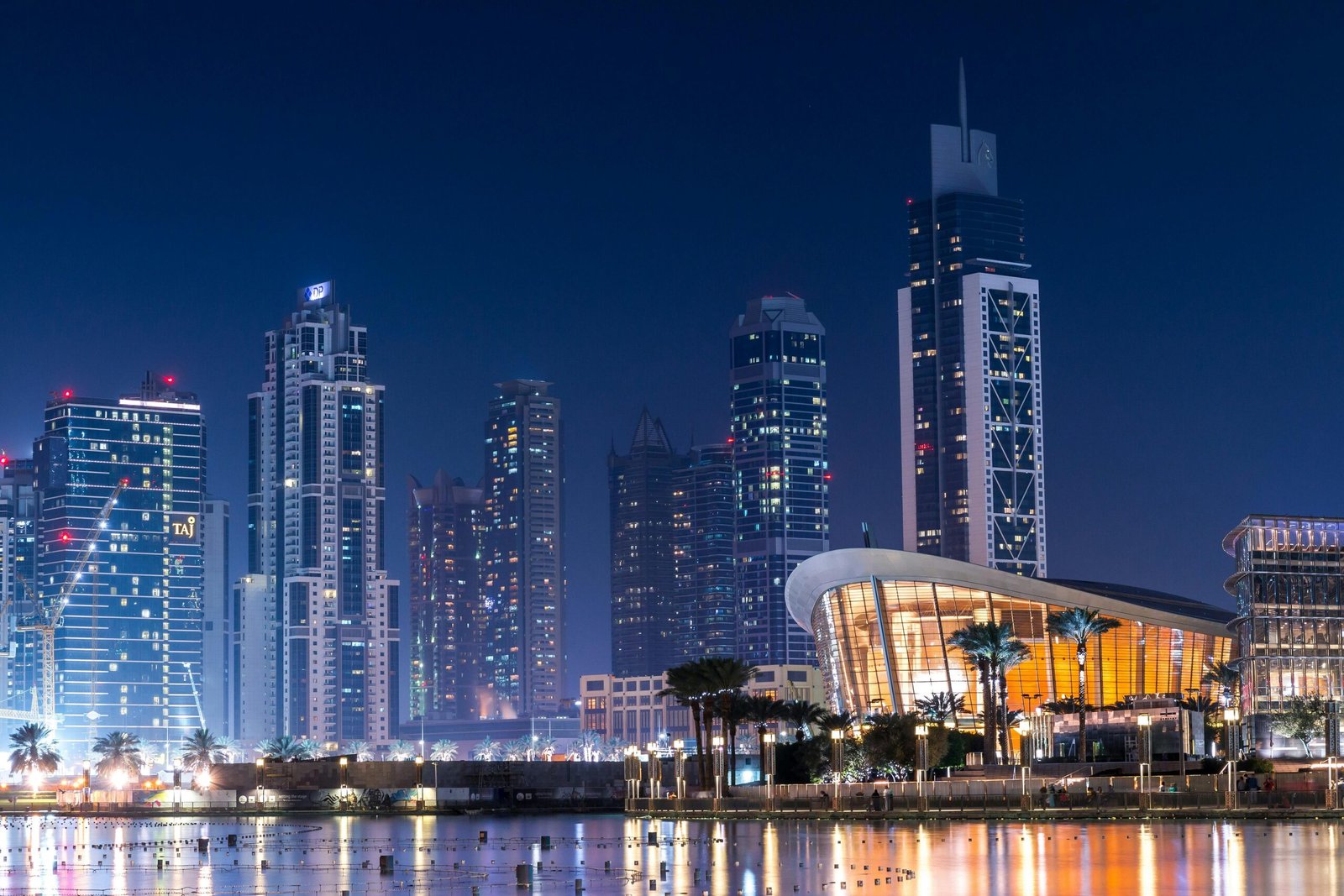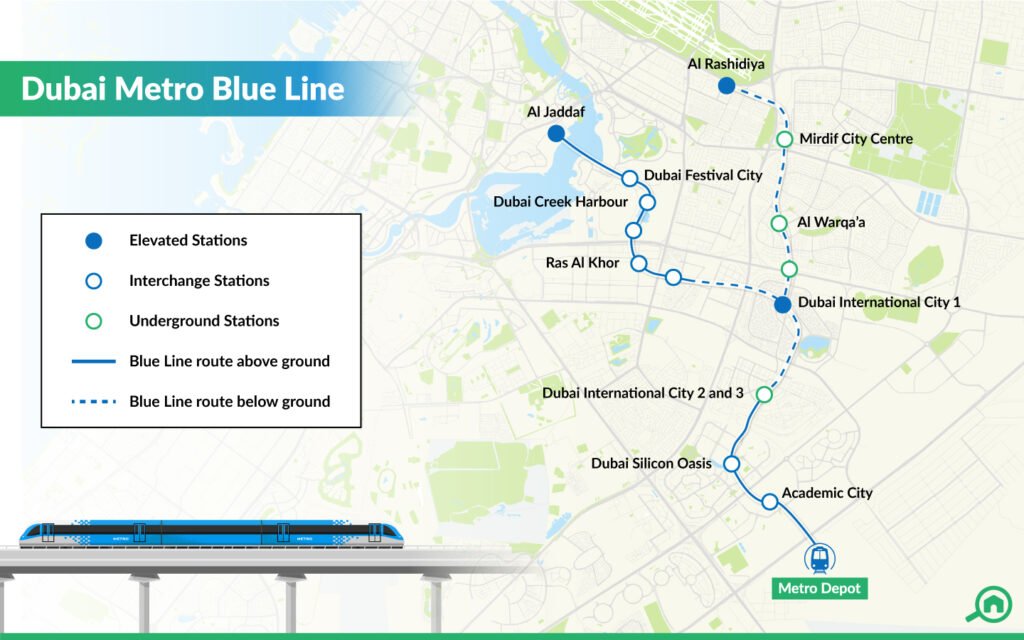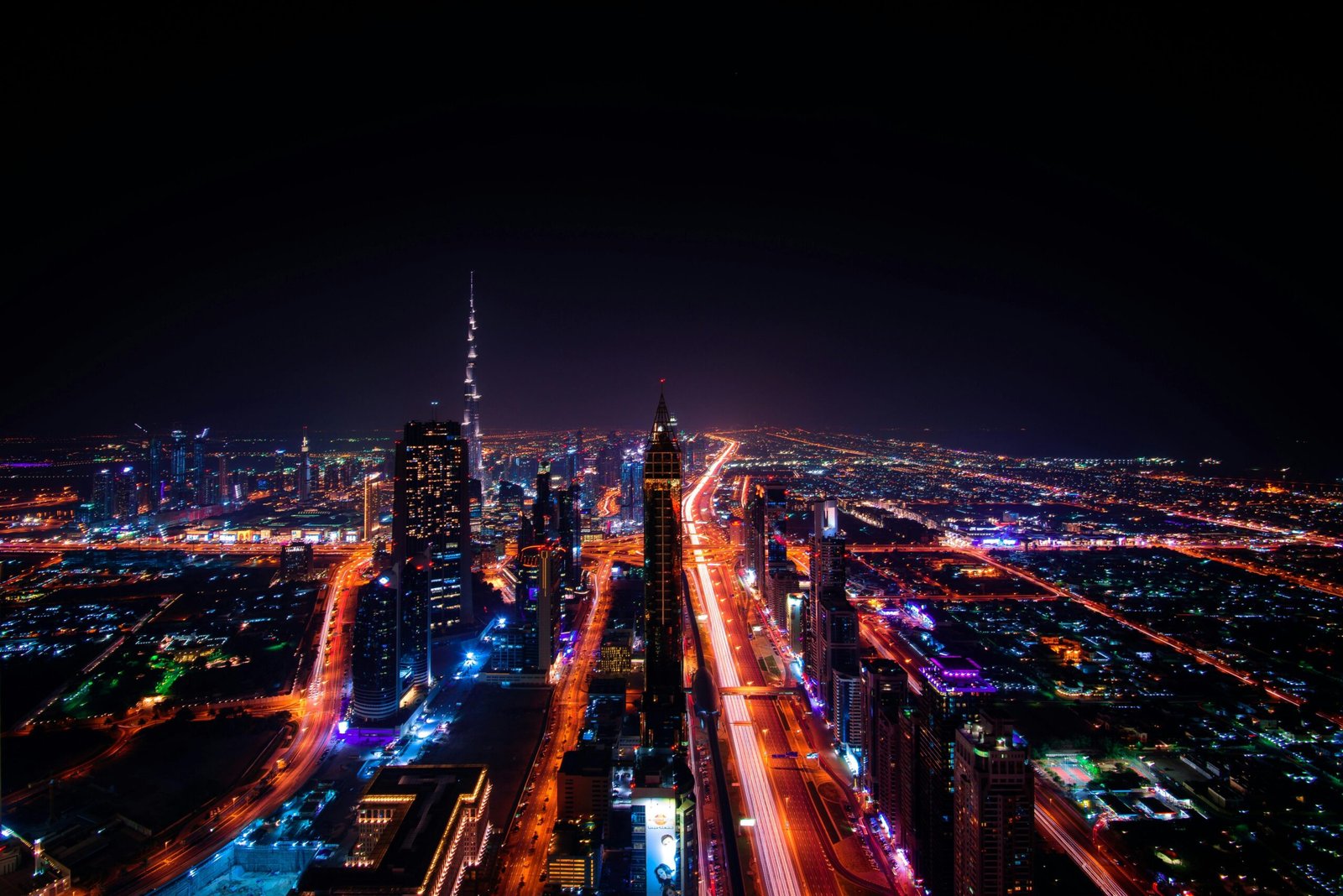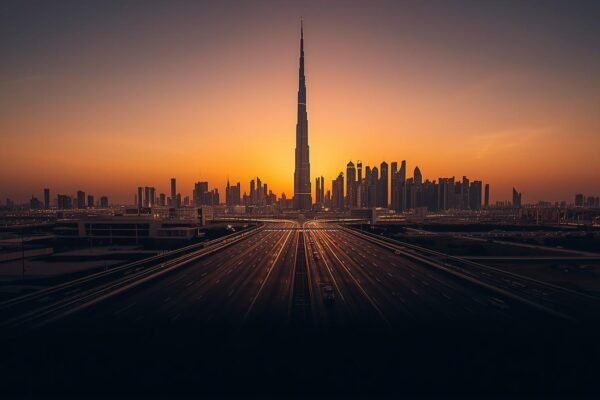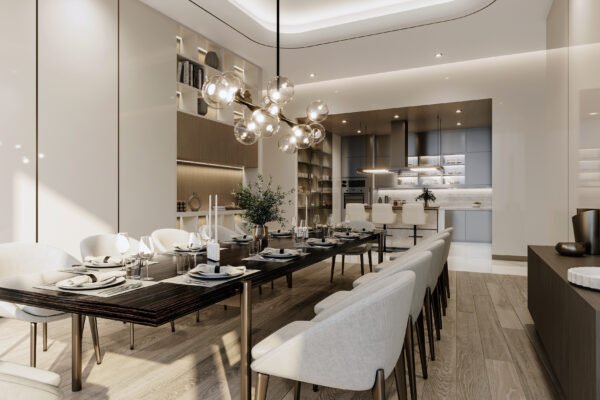UAE Overtakes United States in Global Skyscraper Race, Dubai Climbs in Tallest Cities List
The United Arab Emirates has officially surpassed the United States in the global skyscraper rankings, taking the second position in the world for supertall buildings, according to a recent report by the Council on Tall Buildings and Urban Habitat (CTBUH). This milestone places the UAE among the top contributors to vertical urban expansion globally and reaffirms Dubai’s status as a world leader in architectural ambition and innovation.
With over 30 completed skyscrapers exceeding 300 meters, the UAE has dramatically reshaped its skyline over the past decade. Flagship structures such as the 828-meter Burj Khalifa in Dubai and the Adnoc Headquarters in Abu Dhabi are not only engineering marvels but symbols of the country’s rapid transformation into a global economic powerhouse.
Dubai, in particular, is driving this upward growth. The city now ranks fourth globally in the number of completed buildings over 150 meters tall, boasting more than 250 towers that combine functionality with futuristic design. From Sheikh Zayed Road to Downtown Dubai and the Marina, the skyline reflects a unique blend of economic diversity, tourism, and real estate vitality.
Experts at CTBUH highlight the UAE’s commitment to integrating sustainability, high-performance architecture, and innovation in its urban development. This approach positions the country not just as a builder of tall structures but as a visionary force shaping the future of livable cities.
Abu Dhabi and Sharjah are also contributing to the nation’s architectural momentum. Abu Dhabi’s skyline has evolved to include mixed-use and eco-friendly buildings, while Sharjah is seeing a rise in affordable high-rises that balance lifestyle and budget.
With over 200 buildings surpassing 150 meters and 30+ over 300 meters, the UAE is redefining the role of skyscrapers—from simple structures to symbols of national pride and global relevance. Landmark buildings like Marina 101, Emirates Towers, and Capital Gate have become not only architectural icons but also strategic hubs for investment, innovation, and tourism.
Real estate analysts suggest this achievement goes beyond height. These towers reflect the UAE’s openness to global talent and capital, demonstrating how urban development can also be a cultural statement. As Dubai competes with the likes of New York and Hong Kong, its skyline stands as a testament to what is possible when vision meets execution.
